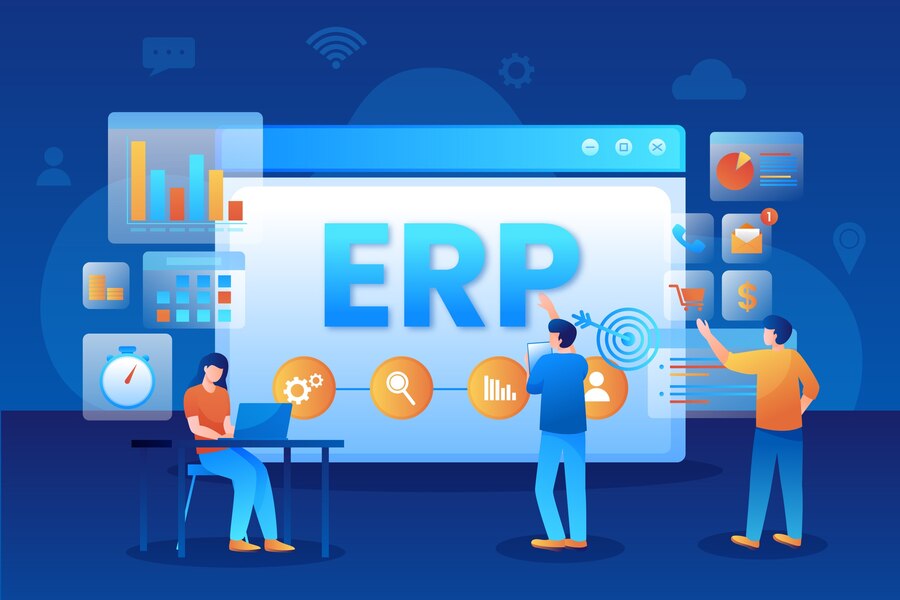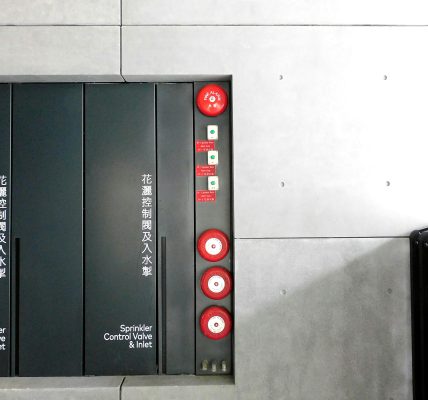For small to medium enterprises (SMEs), the implementation of an Enterprise Resource Planning (ERP) system represents a major strategic decision and investment. An ERP system integrates various business processes across finance, HR, manufacturing, supply chain, services, procurement, and more, into a single unified system. However, successful implementation requires meticulous planning and execution. Here, we outline best practices for SMEs looking to adopt an ERP system effectively.
1. Clearly Define Your Business Requirements
Before embarking on an ERP implementation, it’s crucial for SMEs to clearly define and understand their business requirements. Identify the key challenges you aim to solve with an ERP system. This could be anything from ERP Inventory management, accounting, customer relationship management, or overall process integration. Conduct a needs assessment with stakeholders from all departments to ensure that the chosen ERP solution aligns with your business goals and processes.
2. Select the Right ERP Vendor
Choosing the right ERP vendor is paramount. Look for vendors with proven track records in your specific industry. Evaluate their offerings against your business needs, considering factors like scalability, ease of use, customization capabilities, and cost. Engage with potential vendors, request demos, and conduct pilot tests to assess how well the software fits with your existing processes. It’s also important to check vendor support and training options, which are crucial for smooth implementation and adoption.
3. Involve Stakeholders Early and Often
Stakeholder engagement is vital in any ERP implementation. From top management to end-users, include representatives from all levels of your organization in the planning and implementation process. This helps in gaining buy-in and making the implementation more tailored to actual user needs. Regular meetings and updates can keep stakeholders informed, involved, and supportive throughout the journey.
4. Plan for Change Management
The implementation of an ERP system is as much about managing change as it is about technology. Effective change management practices are essential to help staff transition to the new system. Provide comprehensive training to ensure that all users are comfortable with the new system. Be prepared to address resistance by highlighting the benefits of the ERP system and how it makes individual tasks easier and more efficient.
5. Ensure Scalability and Flexibility
For growing businesses, scalability is a critical factor to consider when selecting an ERP system. The chosen ERP should not only meet current needs but also be able to accommodate future growth, whether it’s adding new users, functionality, or handling more comprehensive data. Flexibility in customizing the software to meet specific business processes or industry needs can also be a significant advantage.
6. Emphasize Data Accuracy and Security
Data migration is a key phase in ERP implementation. It’s essential to maintain the accuracy, consistency, and security of data during this process. Begin by cleaning up existing data to remove duplicates and outdated information. Secure your data through backups and establish protocols for data security, especially if your ERP is cloud-based.
7. Opt for a Phased Rollout
Implementing an ERP system all at once can be overwhelming for SMEs. A phased rollout approach allows for smoother implementation and easier management of the process. Start with core modules like finance and inventory, and gradually implement other modules according to priority. This not only mitigates risk but also provides learning opportunities to improve subsequent phases based on feedback and performance.
8. Monitor and Optimize
Post-implementation, actively monitor the system’s performance and user feedback to resolve any issues promptly. Regular audits and performance assessments can help identify areas for improvement. Continuous optimization of the system ensures that the ERP continues to meet the evolving needs of the business.
9. Budget Appropriately
ERP implementations can be costly, but cutting corners can result in inadequate solutions that don’t meet the needs of your business. Budget appropriately, considering not only the upfront costs of the software and implementation but also ongoing maintenance and training costs. Remember, an ERP system is an investment in your company’s efficiency and future growth.
10. Seek Continuous Improvement
The ERP implementation does not end once the system goes live. It’s an ongoing process of improvement and adaptation to new business challenges and technological advancements. Establish a culture of continuous improvement, leveraging new tools, features, and updates provided by your ERP vendor.
Conclusion
Implementing an erp integration system in an SME requires careful planning, stakeholder engagement, and a commitment to ongoing optimization. By adhering to these best practices, SMEs can ensure a smoother transition to ERP systems and leverage these powerful tools to streamline operations, improve efficiency, and support sustained business growth. With the right approach, the benefits of an ERP system can far outweigh the challenges and costs associated with its implementation.





